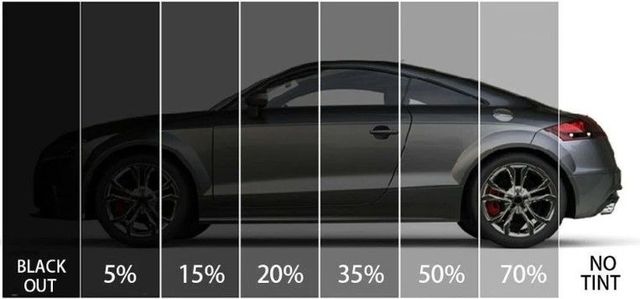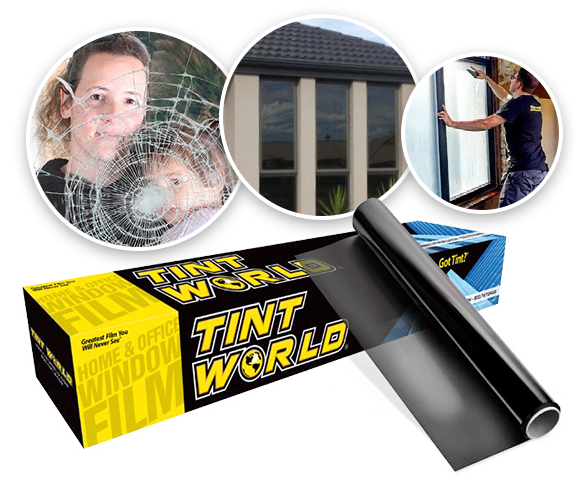Vehicle Window Tinting: An Overview to Selecting the Perfect Color
Vehicle Window Tinting: An Overview to Selecting the Perfect Color
Blog Article
Window Tinting Regulations and Standards: What You Need to Know Prior To Tinting Your Car
Prior to continuing with home window tinting for your automobile, it is vital to acquaint on your own with the varied laws and standards that govern this method across different states. These laws determine the permissible levels of color darkness, usually determined by visible light transmission (VLT) portions, and consist of specific stipulations for front windshields aimed at making sure road security.
Summary of Window Tinting Laws
Window tinting laws are regularly based on variation throughout different territories, mirroring neighborhood guidelines and security considerations. These regulations dictate the acceptable degrees of color darkness and reflectiveness on vehicle home windows, making sure that motorists preserve sufficient exposure while also securing versus harmful UV rays and heat.
Most guidelines classify window tinting based upon the Visible Light Transmission (VLT) portion, which shows the quantity of light that can travel through the home window. Usually, reduced VLT percents symbolize darker tints. Legislations often separate between the front, side, and rear home windows, with more stringent restrictions applied to the front windscreen to enhance safety and security for both the motorist and various other road customers.
Conformity with home window tinting policies is critical, as violations can result in fines, required elimination of the color, and prospective increases in insurance costs. It is vital for automobile owners to familiarize themselves with regional legislations prior to proceeding with window tinting installments.
State-by-State Color Regulations
Recognizing the details window tinting laws in each state is vital for vehicle proprietors looking for to abide with the legislation. Each state in the united state has established its very own collection of rules controling window tinting, which can differ substantially. These regulations commonly determine the permitted degrees of color darkness, the kinds of windows that can be tinted, and any kind of clinical exceptions that might use.
As an example, states like The golden state have rigorous limitations on tint darkness for front windows, while others, such as New Mexico, may enable darker tints. Furthermore, specific states mandate particular exposure portions for various windows, including the windshield, front side home windows, and back home windows. It is vital for car owners to familiarize themselves with their state's legislations to prevent prospective fines or penalties.
Furthermore, some states might call for an accreditation sticker label to be positioned on tinted home windows, showing compliance with state legislations. Failing to stick to these guidelines not only runs the risk of legal repercussions but can additionally influence security and exposure while driving. Lorry owners must carry out extensive study or seek advice from local authorities to make sure full understanding and compliance with state-by-state color laws.
Allowed Tint Types and levels
Numerous car owners may be surprised to discover that allowed tint degrees and types differ extensively across different states. Each state has established its very own regulations regarding the permitted darkness and reflectivity of home window color, usually measured by Visible Light Transmission (VLT) portions. VLT describes the amount of light that can go through the tinted home windows; thus, a reduced percentage indicates a darker color.

In addition, the sorts of color materials allowed can vary, with some states forbiding metal or mirror-like surfaces. It is essential for automobile owners to familiarize themselves with their state's particular laws to make sure conformity. Non-compliance can lead to fines, compulsory removal of the tint, or other legal consequences, making it essential to comprehend these regulations prior to proceeding with setup.
Medical Exemptions for Tinting
While not all states supply allowances for medical exceptions concerning home window tinting, those that do acknowledge the necessity for particular people to improve presence and comfort due to clinical conditions. Various clinical problems, such as lupus, skin cancer, and specific eye conditions, can make people specifically delicate to sunshine. Consequently, these individuals may call for darker tints to secure themselves from unsafe UV rays and glow.

It is important to keep in mind that even with a clinical exception, there might still be constraints on the degree of color enabled. Compliance with state regulations ensures that individuals are both secured and within legal limits. Those thinking about medical exceptions must call their regional Division of Electric motor Cars or comparable authority to recognize the demands and procedures required to make an application for an exception effectively.
Charges for Non-Compliance
Stopping working to follow window tinting regulations can bring about considerable penalties, which vary by state. Regulation enforcement firms are empowered to release citations for vehicles that do not follow the defined tinting guidelines. These charges usually include penalties, which can vary from moderate total go to my blog up to several hundred dollars, depending upon the extent of the infraction and the state concerned.
In some jurisdictions, repeated offenses may lead to escalating fines or extra charges, such as mandatory court looks. Moreover, non-compliance may demand the removal of prohibited tinting, usually at the proprietor's expenditure. In extreme cases, regular transgressors might deal with suspension of their vehicle registration until conformity is achieved.
Furthermore, insurance implications may occur from obtaining multiple citations for window tint offenses. Insurers may watch such violations as an indication of riskier habits, possibly leading to enhanced costs or problem in insurance coverage.
To stay clear of these penalties, it is important for car proprietors to acquaint themselves with their neighborhood home window tinting legislations and guarantee that their car complies (Window Tinting). This aggressive strategy not only stays clear of lawful implications however additionally promotes roadway security
Conclusion

A lot of laws classify window tinting based on the Visible Light Transmission (VLT) percent, which shows the quantity of light that can pass via the window. Compliance with window tinting laws is important, as offenses can result in penalties, obligatory go to website removal of the tint, and possible boosts in insurance policy costs.Recognizing the certain window tinting guidelines in each state is crucial for car owners looking for to abide with the regulation. These regulations frequently determine the permitted levels of color darkness, the types of windows that can be tinted, and any medical exceptions that may apply.
For circumstances, states like California have rigid constraints on color darkness for front home windows, while others, such as New Mexico, might enable darker colors.
Report this page